Coyote || Description, Characteristics and Facts!
Description:
The coyote (Canis latrans) is a highly adaptable and intelligent mammal native to North America. Also known as the American jackal, prairie wolf, or brush wolf, the coyote belongs to the Canidae family, which includes wolves and domestic dogs. Recognized for its distinctive yipping and howling vocalizations, the coyote has become an iconic symbol of the American wilderness.
Characteristics:
Appearance: Coyotes have a slender, dog-like build with a bushy tail and erect ears. Their fur varies in color from gray to reddish-brown, and they often have a mottled or grizzled appearance.
Size: On average, adult coyotes measure 32 to 37 inches in length, excluding their tail, which can add an additional 16 to 20 inches. They typically weigh between 20 to 50 pounds.
Habitat: Coyotes are highly adaptable and can thrive in a variety of environments, including forests, grasslands, deserts, and urban areas. They have successfully expanded their range across North America.
Diet: Opportunistic omnivores, coyotes have a diverse diet that includes small mammals, birds, insects, fruits, and even scavenged carrion. They are known to adjust their feeding habits based on seasonal availability.
Behavior: Coyotes are primarily nocturnal but can be active during the day. They are solitary hunters but may form small family groups. Highly territorial, they use vocalizations and scent marking to communicate and establish boundaries.
Facts:
Communication: Coyotes are known for their complex vocalizations, including yips, howls, and barks. These vocalizations serve various purposes, such as communicating with pack members, establishing territory, or signaling danger.
Adaptability: Coyotes have demonstrated remarkable adaptability to human-altered environments. They can be found in urban and suburban areas, often coexisting with humans.
Cunning Hunters: Coyotes exhibit intelligent hunting strategies, often working in pairs or small groups to catch prey. Their agility and speed make them proficient hunters.
Role in Ecosystem: Coyotes play a crucial role in controlling populations of small mammals, helping to maintain ecological balance. They also scavenge carrion, contributing to the recycling of nutrients in ecosystems.
Cultural Significance: Coyotes hold cultural significance in Native American folklore and mythology, often portrayed as clever tricksters. They are also featured in various aspects of modern popular culture.
Hashtags:
#Coyote #Wildlife #Nature #Adaptability #WildlifeConservation #EcosystemBalance #AnimalBehavior #CunningHunters #Biodiversity #NativeSpecies
-
 0:35
0:35
spiderwebradio
1 month ago $0.01 earnedI’m the coyote whisperer
111 -
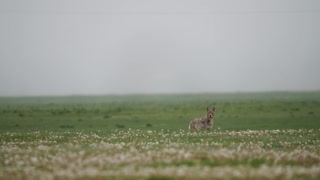 0:23
0:23
RealPatriotCane
2 years agoCoyote Keeping a Watchful Eye
68 -
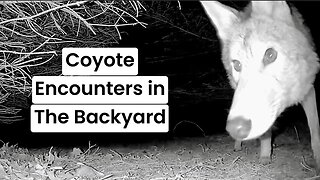 3:21
3:21
My Backyard Friends
3 months ago $0.02 earnedCoyote Encounters in The Backyard | My Backyard Friends
8 -
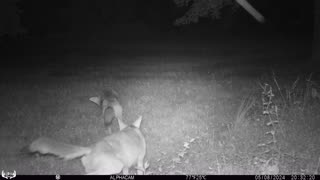 0:10
0:10
Outside the Doors
23 days agoCoyote Double Mark
28 -
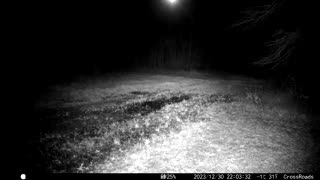 0:10
0:10
Nocturnal Life via Trail Camera
4 months agoCoyote
10 -
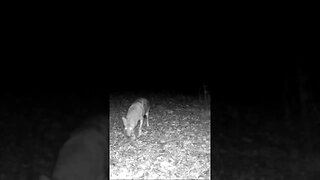 0:07
0:07
ThisOutdoorsman
6 months agoCOYOTE Checking Out The CAMERA!!!
-
 3:26
3:26
PredatorAcademy
2 months agoCoyote Hunt - When the Rancher tags along
16 -
 3:44
3:44
BeyondTheMasks
5 months agoCoyotes Bring Multiple Groups Across the River
8 -
 0:04
0:04
moopmeep
5 months agoCoyote
2 -
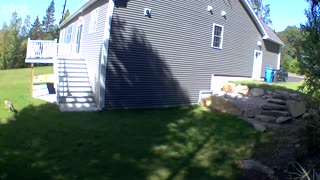 0:04
0:04
Wildlife in Western Cranston RI
5 months agoCoyote 2
4